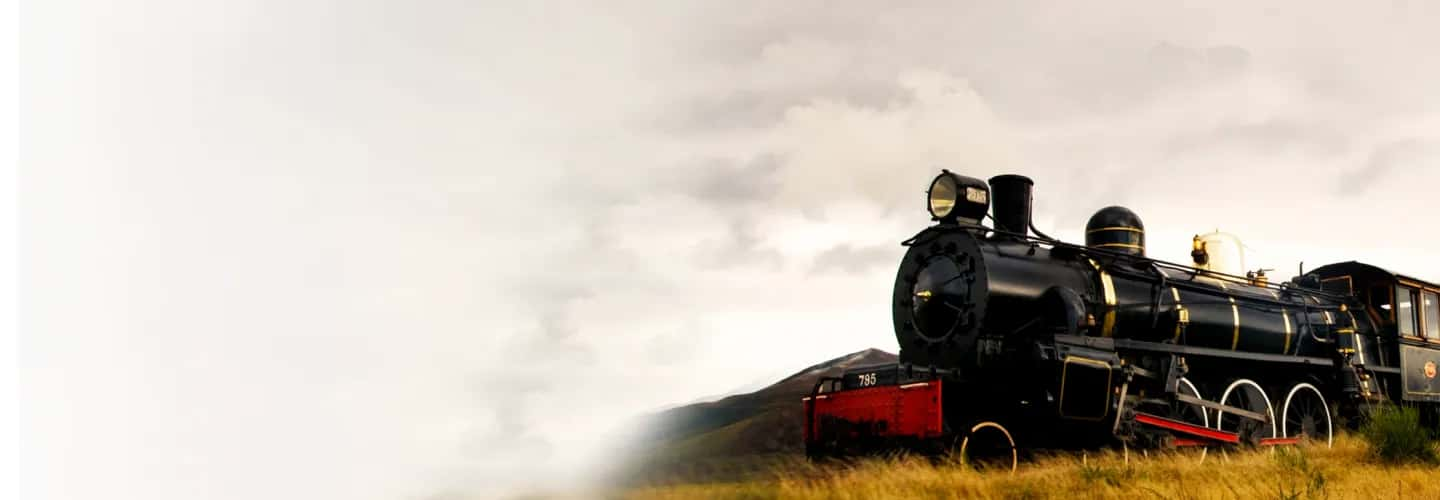
Understanding the Concepts of Problems on Trains
As previously discussed, train problems are a basic sub-concept of relative Speed, which falls under the topic of Time, Speed, and Distance.
First and foremost, we must have a fundamental conceptual understanding of the relationship between Time, Speed, and Distance.
Let us understand the meaning of these concepts/terms one by one
1. Speed
Speed is a motion concept that describes how slowly or swiftly an item moves. Speed is defined as the distance divided by Time. Speed is measured in m/s, km/hr
Speed = Distance / Time
2. Time
Time can be defined in physics by its unit of measurement - time is the reading on a clock. In classical, non-relativistic physics, it is a scalar quantity and measured in seconds (s), minutes (min), and hours (hr)
3. Distance
Distance refers to an object's total movement, independent of direction. The amount of area covered by an item, independent of its beginning or finishing location, can be described as distance. It is measured in Metre (m), kilometre (km), miles, feet.
4. Unit Conversion
We are required to convert all the parameters in a single unit in some of the Time Speed and Distance problems where speed is given in one unit and distance is provided in another.
The following conversion formula can assist you in accomplishing this.
Speed conversion from km/hr to m/s and viceversa
- 1 kilometre equals 1000 m , and 1 hour equals 3600 seconds.
Therefore, 1 km/hr = 1000m/3600s = 5/18 m/s.
So, to translate the speed from kmph to m/s
- Multiply the given speed with 5/18
And to convert the speed from m/s to kmph
- Multiply the given speed with 18/5.
5. Concept of Relative Speed
The concept of relative speeds can be applied when two things are heading towards each other or in the same direction, one after the other.
In terms of relative speed,
If two objects are moving from opposing directions towards each other, always add their speeds.
When two objects are moving in the same direction, following each other, always subtract their speeds.
Example Problem
Two trains are travelling in opposite directions at speeds of 20 and 30 metres per second. Their respective lengths are 500m and 300m. The slower train takes the following seconds to cross the quicker train:
Because time taken is required in this problem, the formula for time taken is
Time required = Distance / Speed
In the provided example, distance is just the length of the trains, and speed is determined by the relative speed. Because both trains are heading in opposing directions, we must add their speeds.
⇒ Time taken = (500m+300m)/ (20+30)
⇒ Time Taken = 800/50
⇒ 16 Seconds
FAQsFAQs
Why is understanding the concepts of Problems on Trains important?
Understanding the concepts of Problems on Trains assists in:
Understanding how Problems on Trains formulas are derived
Addressing the Problems on Trains problems promptly and accurately.
Resolving each of the various forms of questions on Problems on Trains topic
Developing your unique shortcuts
Is it possible to solve Problems on Trains without knowing the concepts?
Yes, it's possible to solve Problems on Trains questions without understanding what they entail. However, experts advise that comprehending the fundamentals is essential to address the Train problems effectively.
What is the right way to learn Problems on Trains concepts?
The foundation of mathematics is concepts, and understanding them is critical to boosting your performance in the Quantitative Aptitude section. Visualising the Problems on Trains concepts using real-life examples is the best approach to learn the Problems on Trains concepts.

